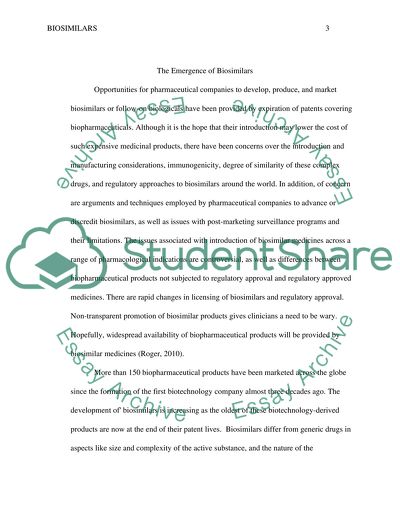Cite this document
(“Biosimilar Research Paper Example | Topics and Well Written Essays - 1500 words”, n.d.)
Retrieved from https://studentshare.org/family-consumer-science/1417161-biosimilar
Retrieved from https://studentshare.org/family-consumer-science/1417161-biosimilar
(Biosimilar Research Paper Example | Topics and Well Written Essays - 1500 Words)
https://studentshare.org/family-consumer-science/1417161-biosimilar.
https://studentshare.org/family-consumer-science/1417161-biosimilar.
“Biosimilar Research Paper Example | Topics and Well Written Essays - 1500 Words”, n.d. https://studentshare.org/family-consumer-science/1417161-biosimilar.


